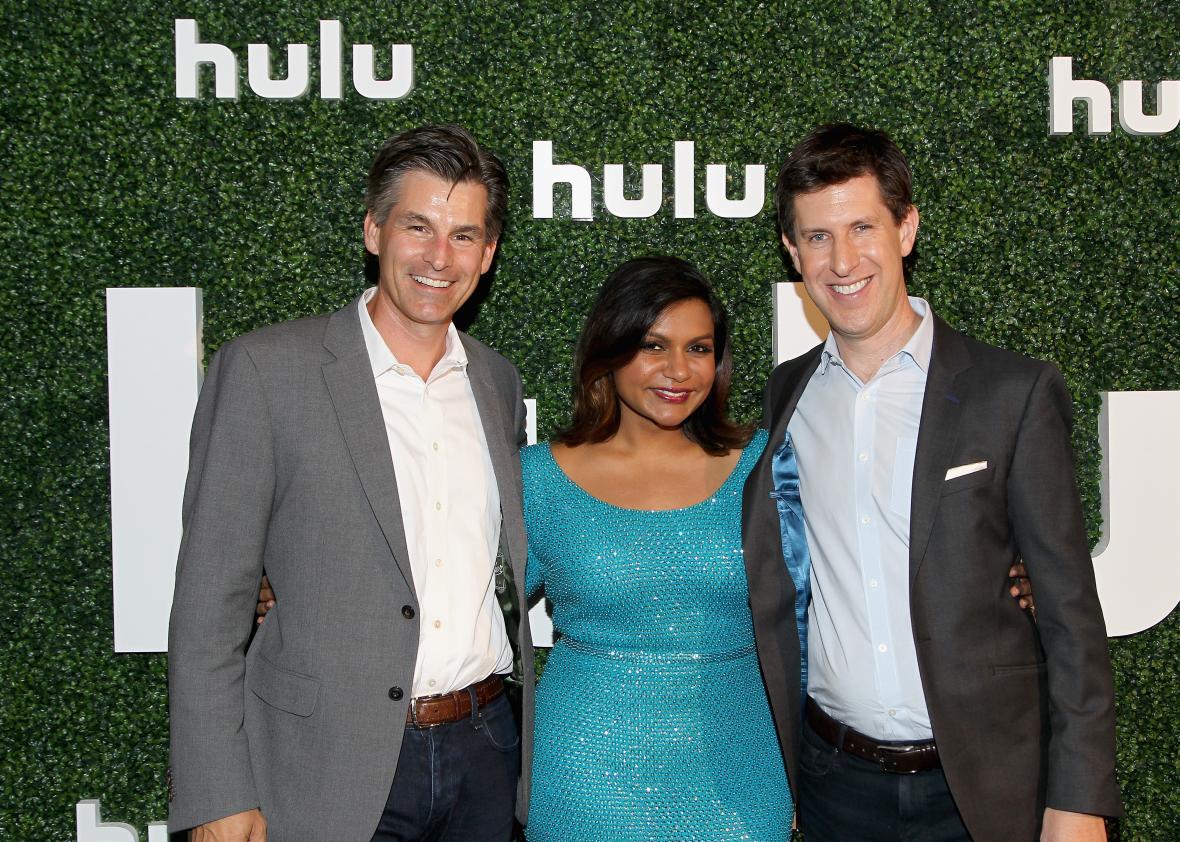After eight years, Hulu is turning off its free TV service. Viewers will now be required to sign up or log in to its subscription service, Hulu Plus for $7.99 a month ($11.99 without commercials).
The reason, I suspect, is not that the service failed to achieve Hulu’s goals, but that it succeeded. And by Hulu’s goals, I mean the goals of its corporate owners: Disney-ABC, NBC Universal, Fox, and now Time Warner.
They started Hulu in 2008, when YouTube and others were threatening to upend the TV industry. Having seen what Napster and the internet had done to the recording industry, and not being fools, the TV networks figured that the best way to insure their business against disruption was to do it to themselves. Hulu began putting its partner networks’ popular TV shows online the day after they aired, for free, in good quality, with only minimal interruption by ads. In short, they beat the bootleggers at their own game.
Forward-thinking as this was, Hulu’s free service always seemed a little too good to last. In its quest to avoid the fate of the music industry, Hulu’s partners seemed to be inviting the similarly unappealing fate of the newspaper industry, which rushed to put its content online for free and lived (barely) to rue the day it did. As with the news media, the TV industry quickly found the online ad business less lucrative than its offline equivalent, with advertisers largely uninterested in paying to reach the relatively small audiences available there.
This danger was not lost on the company’s corporate masters, however. Once Hulu had secured its position as the best source for free TV online, it began gradually to nudge viewers away from its free service and toward a subscription service, Hulu Plus, which it launched in 2010. First, the ads on free Hulu became more frequent and harder to avoid. Tellingly, however, these ad slots were often filled by showing the same commercials repeatedly within a single episode. That suggested that the growing ad load was not a response by Hulu to insatiable advertiser demand. Rather, as I argued as early as 2012, it seemed to be part of Hulu’s thinly veiled scheme to make its own free service less attractive. (The ploy may also be familiar to longtime Spotify listeners.)
Then Hulu stopped posting many shows the day after they aired, pushing the wait time back to eight days. Back catalogs disappeared behind the paywall. On Hulu.com, free shows were edged off the homepage, to the point that they became difficult to find. And as set-top boxes proliferated in recent years, Hulu pushed its subscription services onto them, but mostly withheld the free stuff.
In the meantime, Hulu Plus grew steadily, adding shows and features to compete with Netflix and other popular steaming options. Hulu is said to be preparing a paid live-TV service for 2017, entering a suddenly hot market that probably owes at least some of its success to viewer dissatisfaction with free Hulu.
If there’s a silver lining for devotees of free Hulu, it’s that the content won’t disappear completely. It will move to Yahoo, which is launching a new TV-watching site called Yahoo View.
Many will say that, with Hulu, the networks tried and failed to make free TV work online. But it might be more accurate to say that it succeeded in weaning viewers off of free TV and conditioning to pay for the latest episodes online. It accomplished this gradually and almost imperceptibly, at a pace that gave the industry nearly a decade to regroup and react to the forces of change that online video had suddenly unleashed.
